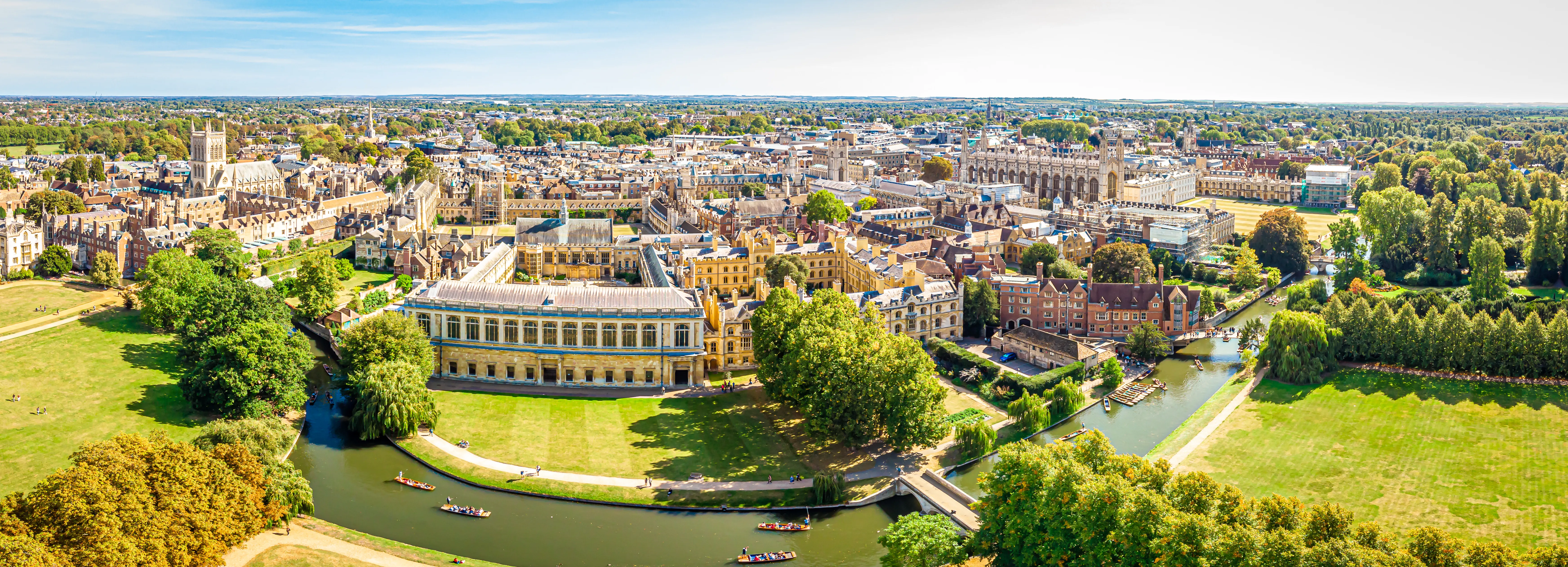

Reaction centers in photosynthesis are essential components that facilitate the transformation of light energy into chemical energy.
During photosynthesis, these reaction centers play a critical role. They are integral parts of a structure known as the photosystem, which is a complex of proteins and pigments, including chlorophylls and carotenoids. The photosystem is embedded within the thylakoid membrane of chloroplasts, which are the organelles responsible for carrying out photosynthesis in plant cells.
The reaction center is the specific location where the conversion of light energy into chemical energy takes place. It consists of a unique pair of chlorophyll molecules that can undergo a chemical reaction upon absorbing light energy. This reaction generates an excited state electron, which is subsequently transferred to another molecule through a process called electron transport.
In plants, there are two types of reaction centers: Photosystem I (PSI) and Photosystem II (PSII). Both of these centers collaborate in a series of reactions known as the light-dependent reactions of photosynthesis. In PSII, the absorption of light energy by the reaction center triggers the splitting of a water molecule, which releases oxygen and protons. The excited electron produced in this reaction is then passed along an electron transport chain, creating a proton gradient across the thylakoid membrane that is utilized to generate ATP.
In PSI, the reaction center captures light energy and uses it to reduce NADP+ to NADPH. Both ATP and NADPH produced in the light-dependent reactions are subsequently used in the light-independent reactions, or Calvin cycle, to convert carbon dioxide into glucose, a form of chemical energy that the plant can utilize.
In summary, reaction centers in photosynthesis are vital for the conversion of light energy into chemical energy. They are the sites where the primary reactions of photosynthesis occur, leading to the production of ATP and NADPH, which are essential for synthesizing glucose. Without these reaction centers, the process of photosynthesis, and consequently the life-sustaining production of oxygen and glucose, would be impossible.
 100% |  Global |  97% | |
|---|---|---|---|
Professional Tutors | International Tuition | Independent School Entrance Success | |
| All of our elite tutors are full-time professionals, with at least five years of tuition experience and over 5000 accrued teaching hours in their subject. | Based in Cambridge, with operations spanning the globe, we can provide our services to support your family anywhere. | Our families consistently gain offers from at least one of their target schools, including Eton, Harrow, Wellington and Wycombe Abbey. |
 100% |
|---|
Professional Tutors |
| All of our elite tutors are full-time professionals, with at least five years of tuition experience and over 5000 accrued teaching hours in their subject. |
 Global |
International Tuition |
| Based in Cambridge, with operations spanning the globe, we can provide our services to support your family anywhere. |
 97% |
Independent School Entrance Success |
| Our families consistently gain offers from at least one of their target schools, including Eton, Harrow, Wellington and Wycombe Abbey. |
At the Beyond Tutors we recognise that no two students are the same.
That’s why we’ve transcended the traditional online tutoring model of cookie-cutter solutions to intricate educational problems. Instead, we devise a bespoke tutoring plan for each individual student, to support you on your path to academic success.
To help us understand your unique educational needs, we provide a free 30-minute consultation with one of our founding partners, so we can devise the tutoring plan that’s right for you.
To ensure we can best prepare for this consultation, we ask you to fill out the short form below.